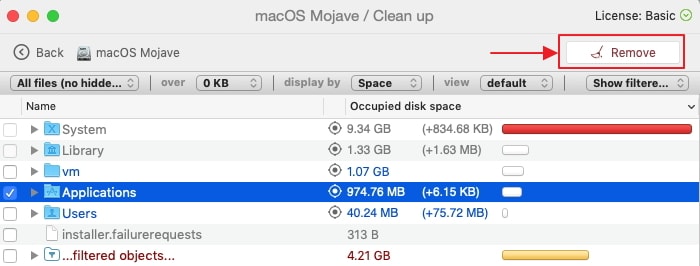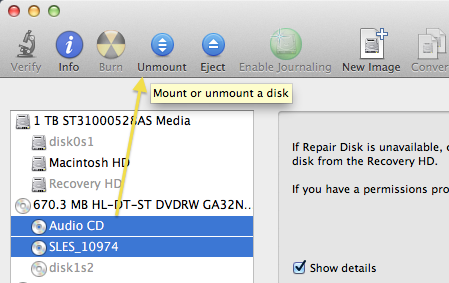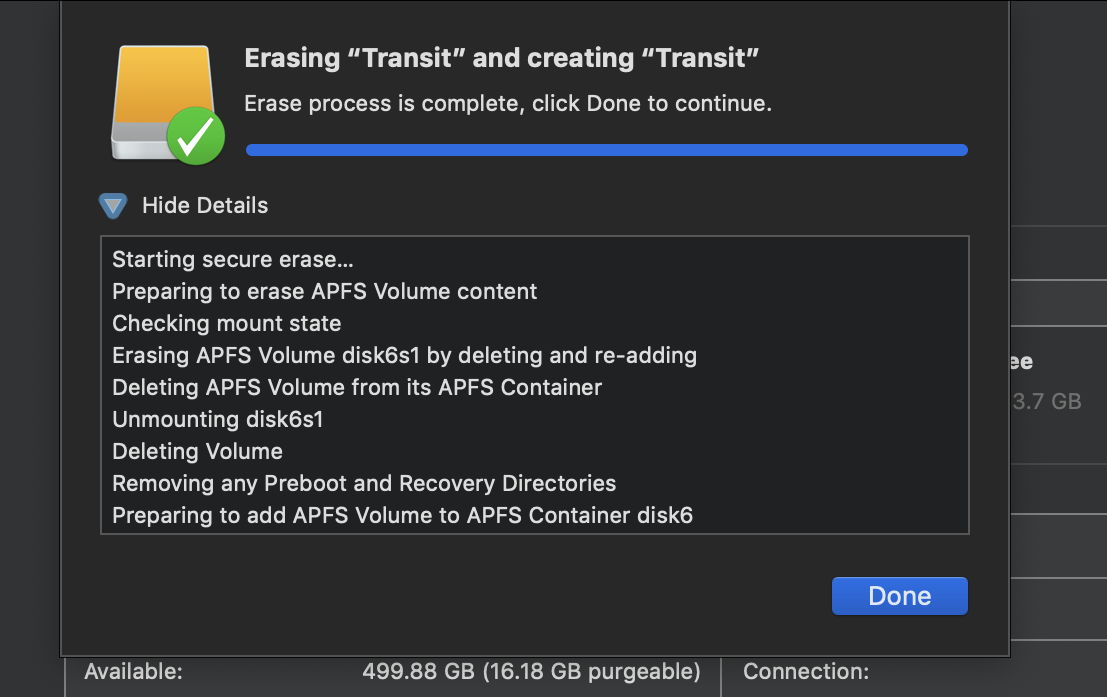
Create new disk images from USB or SD card.Many thanks - and it's good to know vanishing emails can be found. The support from Purple is just different class - always helpful, speedy and patient.Īs always, excellent support from Lochie - many thanksĮxcellent réponse time and issue resolved with no fuss - great work team! Michael Tanner was friendly and positively engaging - felt very supported throughout.Īchieved the desired fix smoothly and efficiently. I received an efficient, friendly service throughout :-) Thanks to Jack, who worked hard to resolve the issue I had on my Mac with Microsoft OneDrive. We post the 10 most recent comments here automatically and in real-time. When we solve a support ticket, clients are given the choice of leaving good or bad feedback along with an optional comment. Generally speaking, the bulk of data on a computer is going to be within the User folders located at /Users Likewise /Applications and ~/Downloads are common sources of data. The ~/Library folder for a given user is often quite large due to the email cache. You can also use something like: du -h -d1 to only look at the current level, or -d3 to go 3 levels down instead.

You can use “cd” to navigate to a different starting point, for example you might only be interested in what’s taking up all the space in your own ~/Documents folder.


You will now see a list of every folder from the top of the disk and down 2 folder levels, with the size of each folder denoted in K,M,G or T (for kilobytes, megabytes, gigabytes or terabytes).Įach folder will also show its total size calculated at the bottom of each section of results. This command runs a du (disk usage) command with -h (human readable output) and goes down -d2 (two folder levels down).


 0 kommentar(er)
0 kommentar(er)
